How to Unclog a Bathtub Drain in 5 Ways

By Stacey Kelleher
If your bathtub is taking longer than usual to drain or if you’ve noticed standing water collecting at the bottom of the tub after you’ve lifted the stopper, chances are your drain is clogged. Standing water in the bathtub is not just a nuisance—it can attract bacteria and drain flies, and create an unpleasant odor that certainly won’t set the mood for a relaxing bath.
Unclogging a bathtub is not as difficult or costly as you might expect. With a few supplies you likely have on hand, a bit of elbow grease, and some points from this guide, you can have your tub draining smoothly again in no time.
Photo via Elena K, Hometalk Team
Signs of a Clogged Bathtub
Standing water is one sure sign of a clogged drain, but there may be other clues that a clog is forming. You may notice an odor coming from the drain or residue pooling around the stopper. Or the tub will noticeably start taking longer to drain even just small amounts of water. It is important to take care of bathtub clogs early before they get larger and cause costly damage to your pipes.
What’s Clogging My Bathtub?
You know something is keeping the bath water from draining properly, but what exactly is lurking in the deep, dark, recesses of your bathtub drain? Hair is the most common culprit when it comes to clogged drains, particularly if someone in the home has longer hair.
Hair is usually the catalyst for other materials that may be clogging the drain. As hair gets caught up on the crossbar(s) located under the stopper, it gets entangled with dirt, soap, mineral buildup, and even flakes of skin to create a messy and stubborn ball of gunk.
How to Unclog a Bathtub Naturally
We’ll start with some natural, chemical-free cleaning methods to remove or dissolve bathtub clogs. Not only are these natural methods easy, simple, and budget-friendly, they are good for you and for the environment. They are also less likely to damage your plumbing.
How to Unclog a Bathtub With a Plunger
You can use a standard cup-style plunger to loosen and unclog your bathtub drain with hair and other debris. But unlike plunging your toilet, there’s an extra step to clear your tub, which we’ll detail in the steps below.
Tools and Materials Needed:
- Protective gloves
- Duct tape
- Tools needed to remove tub stopper
- Wide-mouth cup plunger
- Paper towel
Step 1: Seal the Overflow Drain
All tubs have two drains. The first is the obvious one at the bottom of the tub that drains the water when the stopper’s not in it. The other is located higher on the wall of the tub in line with the faucet. That secondary drain offers another place for water to go if you accidentally overfill the tub.
If that’s open, you won’t be able to get the suction needed to effectively plunge the drain. Before you start, put on your protective gloves. Next, use one or two strips of regular duct tape to seal off the overflow opening.
Step 2: Remove the Stopper
If you haven’t done so already, take the stopper out of the bottom of the bathtub and put it to the side. Some are easier to remove than others; you may need to unscrew it or wiggle it back and forth a bit while lifting it out. Some stoppers require pliers or a wrench. If you have to remove any screws, be sure to store them in a safe place so they don’t go down the drain.
Step 3: Fill the Tub
Fill the tub with 1-2 inches of hot water. (It’s more effective than cold water for breaking up clogs.)
Step 4: Plunge the Drain
Once the overflow drain is sealed completely and you have removed the stopper and filled the tub, it’s time to get plunging. Position your plunger over the drain so the entire cup seals to the tub’s surface. Without that secure seal, you won’t get the suction you need to detach the clog.
Use rapid, forceful motions to push the plunger up and down around 10 to 15 times. This pumping motion forces the water down and up again, creating momentum to loosen the hair and release the clog.
Step 5: Test the Drain
After you have finished plunging, watch how the water flows down the bathtub drain. If it moves quickly, then plunging the drain worked. If you see visible dirt and debris, that’s another sign you’ve moved the clog. You can try another round of plunging if you don’t see any progress. If that doesn’t work, try another method.
Step 6: Remove the Tape and Replace the Stopper
If plunging your bathtub successfully removed the clog, remove the duct tape and replace the stopper. If not, leave the stopper to the side as you try another approach. Clean up any lingering clog debris in the bathtub with a paper towel and throw in the trash.
How to Unclog a Bathtub With a Drain Snake
If plunging doesn’t do the trick, your clog has probably made itself at home and needs a bit more coaxing. A drain snake is a simple tool that grabs onto the clog and pulls it out. We recommend one specifically for hair as that tends to be the source of most bathtub clogs.
Tools and Materials Needed:
- Protective gloves
- Tools needed to remove tub stopper
- Drain snake designed for tubs and showers
Step 1: Remove the Stopper
If you haven’t already, remove the stopper from the bottom of your bathtub and set it aside.
Step 2: Insert the Snake
Push the drain snake down into the drain until you feel some resistance—a sign you’ve reached the clog. Pull it back out and deposit any hair, dirt, and grime into the trash. Do this 2-3 times to get as much of the clog out as possible.
Step 3: Run the Water
Turn on the hot water and let it run for a few seconds. Watch how the tub drains to determine if the clog is gone. If so, replace the stopper. If the bathtub is still draining slowly or not at all, try the next method.
How to Unclog a Bathtub With Boiling Water
Boiling water may not be enough to remove large clumps of hair, but it works wonders on dissolving soap scum, dirt, and other yucky stuff to make a clog smaller. This method is safe for most bathroom surfaces, but do not use boiling water if you have PVC pipes—the heat can melt them.
Tools and Materials Needed:
- Potholder
- Kettle or pot for boiling water
This method is fairly straightforward. You don’t have to remove the bathtub drain stopper for this method, but it will make it easier to pour the water down without splashing it. After bringing approximately three cups of water to a boil, use a potholder to carefully bring the heated water to the bathtub and pour it down the drain.
Wait a minute or so and then run the water to see if the clog has dissolved. If boiling water hasn’t done the trick, you can add a few more ingredients to get things moving, which we’ll cover in the next method.
How to Unclog a Bathtub Drain With Baking Soda and Vinegar
This method adds a bit more gusto to the boiling water method, using the power of a chemical reaction. In addition to breaking up clogs, baking soda and vinegar will deodorize your drain and get rid of unpleasant odors caused by bacteria and mold growing in your pipes. Here’s how to unclog a bathtub drain with vinegar and baking soda.
Tools and Materials Needed:
- Potholder
- Kettle or pot for boiling water
- Baking soda
- White vinegar
Step 1: Boil the Water
Boil 3-4 cups of water in a small pot or kettle and bring it to the bathroom.
Step 2: Pour Some of the Water Down the Drain
Pour around one cup of heated water down the drain.
Step 3: Pour Baking Soda Down the Drain
Follow that boiling water with pouring one cup of baking soda down the drain. Let it sit for 10 minutes before moving to the next step.
Step 4: Pour White Vinegar Down the Drain
After waiting 10 minutes, pour one cup of white vinegar down the bathtub drain. You may notice some fizzing and bubbling, which means it’s working.
Step 5: Pour the Rest of the Water Down the Drain
Pour the remaining boiling water down the drain and let it sit for another 10 minutes.
Step 6: Test the Drain
After you’ve given the mixture some time to break down any clogs, run the water to see how the bathtub drains. If the bathtub seems to still be clogged, it’s time to try a chemical drain cleaner.
Photo via Elena K, Hometalk Team
How to Unclog a Bathtub with Chemicals
For serious clogs, natural methods may not be strong enough to clear your bathtub drain of hair and other materials. There is a wide range of commercial chemical drain cleaners available that are highly effective for clearing tough clogs. But if you are going to use a chemical cleaner, be sure to take the proper safety precautions to protect you, your family, and your pets.
Tools and Materials Needed:
- Protective gloves
- Safety goggles
- Commercial drain cleaner
Step 1: Read the Instructions
Carefully read the product instructions, and use the recommended amount of cleaner. The amount may vary depending on if you are working on a clogged bathroom sink or bathtub.
Step 2: Put on Your Safety Gear
Put on protective gloves and goggles to protect against fumes and droplets that can irritate your skin and eyes.
Step 3: Pour the Cleaner Down the Drain
Pour the proper amount of chemical cleaner down the bathtub drain based on the product instructions. You don’t need to remove the stopper to do so.
Step 4: Wait
Every product is different, but most require a waiting period before you can run the bathtub. Most products take around 15 to 30 minutes to break down clogs.
Step 5: Flush With Hot Water
Most commercial drain cleaners require you to flush your drain with hot water once the waiting period is complete. Again, follow the instructions included with your specific product.
Step 6: Test the Drain
As you flush the bathtub drain with hot water, you should see a notable improvement in how quickly it drains. Chemical cleaners are quite powerful at removing most bathtub clogs, but these products can be highly toxic to humans and animals so be sure to use, store, and dispose of chemical drain cleaners safely.
When to Call a Plumber for a Clogged Bathtub
If you have tried all of the methods listed above to unclog a bathtub full of water to no avail, you may need to call in a plumber. The problem may be more complex than you think, like if there’s a problem with the sewer line or a larger drainage issue. Or you could have broken, rusted, or corroded pipes that need replacing.
Photo via Chas' Crazy Creations
How to Prevent a Clogged Bathtub
Once you’ve successfully cleared your bathtub drain, there are things you can do to prevent future clogs:
Brush Your Hair Before Getting in the Tub or Shower
This simple change can keep a large portion of hair from going down the drain. Doing so will help remove all loose strands that otherwise would’ve made their way into the drain.
Shave Out of the Tub
Those tiny little hairs we remove when shaving may not seem like enough to clog your bathtub. But over time, they can collect and block the flow of water. Collect hairs in a towel and dispose of them in the garbage. Or clean your razor off in a bucket of water and dispose of that water outside.
Install a Hair Strainer Guard on Your Bathtub Drain
As we’ve mentioned throughout this guide, hair is the most common cause of clogs in the bathroom sink, shower, and tub. For under $10, you can install a drain hair catcher and strainer that just sits atop your stopper and catches hair or debris before it goes down the drain. Clean it weekly to keep the holes clear. They come in a wide variety of sizes and shapes to fit your bathtub or sink.
Clean the Bathtub Drain Monthly
Using the boiling water method, or the vinegar and baking soda mixture, clean your bathtub drain at least once a month to dislodge soap, grease, bits of skin, and hair before they create a clog.
With these easy and quick methods for removing and preventing hair and other debris in your drain, you may just save yourself a call to the plumber the next time your bathtub is clogged. Do you have some tips for keeping your household drains clean and clear? Share them below!




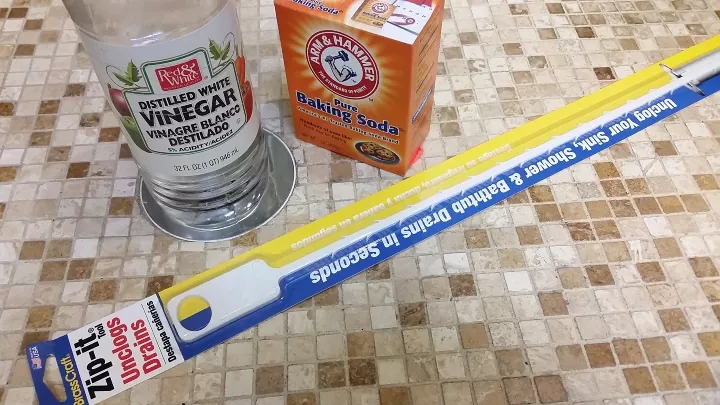


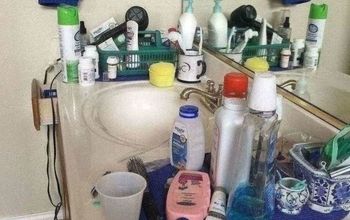
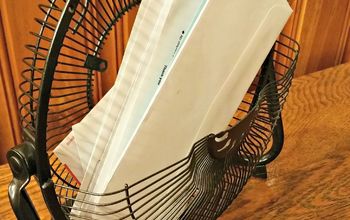




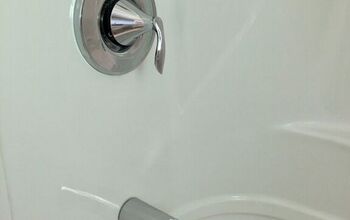
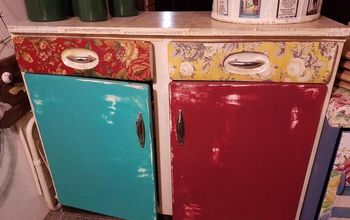
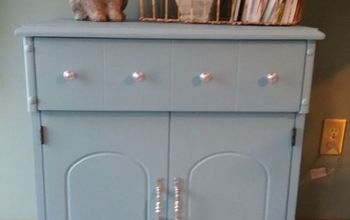





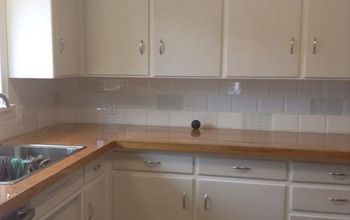



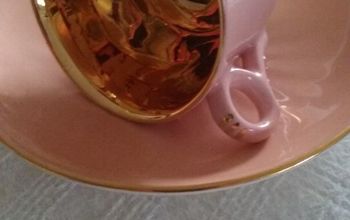
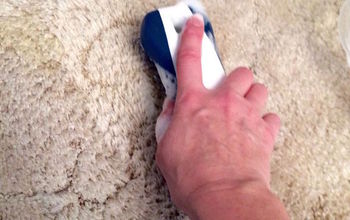



Frequently asked questions
Have a question about this project?